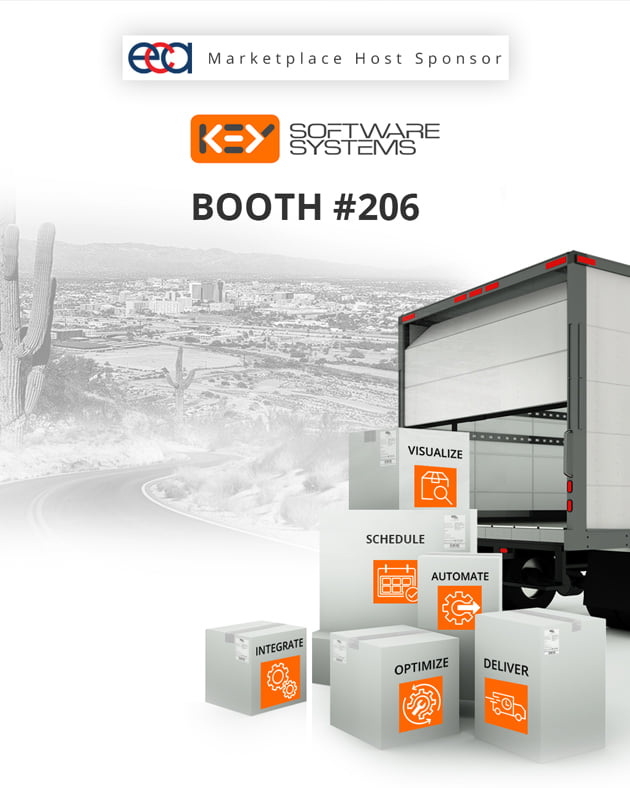Last mile delivery is the final leg of the delivery process, and is often the most critical in terms of customer satisfaction. In recent years, consumers have come to expect fast, reliable, and convenient last mile delivery, and companies that fail to meet these expectations risk losing customers and damaging their reputation.
To achieve last mile delivery excellence, companies must focus on delivering quality at every stage of the process. This includes everything from order processing and fulfillment, to route planning and execution, to communication with customers.
One key strategy for achieving last mile delivery excellence is to optimize delivery routes. By leveraging technologies such as dynamic route optimization (as discussed in the previous question), companies can ensure that deliveries are made efficiently, accurately, and on time. This not only improves customer satisfaction, but also reduces costs and emissions, making it a win-win for both companies and customers.
Another strategy is to provide customers with multiple delivery options. This can include options such as same-day or next-day delivery, scheduled delivery windows, and pickup at local stores or lockers. By offering a range of options, companies can cater to the diverse needs and preferences of their customers, and can improve the overall customer experience.
Communication is also critical in achieving last mile delivery excellence. Companies should provide customers with real-time updates on the status of their delivery, including estimated delivery times and any potential delays or issues. This can help to manage customer expectations and reduce the likelihood of missed or failed deliveries.
In addition, companies should invest in technologies that enable efficient and accurate order processing and fulfillment. This can include technologies such as automated warehouse management systems, barcode scanners, and inventory tracking software. By streamlining these processes, companies can reduce errors and improve order accuracy, ensuring that the right products are delivered to the right customers at the right time.
Finally, companies should focus on continuous improvement. By regularly monitoring and analyzing their delivery operations, companies can identify areas for improvement and implement changes to address them. This can include everything from adjusting delivery routes to improving communication with customers to investing in new technologies. By continually striving to improve their delivery operations, companies can stay ahead of the competition and deliver the quality that their customers demand.
In conclusion, achieving last mile delivery excellence requires a multifaceted approach that focuses on optimizing delivery routes, providing customers with multiple delivery options, improving communication, investing in technologies for order processing and fulfillment, and continually striving for improvement. By implementing these strategies, companies can improve customer satisfaction, reduce costs, and gain a competitive edge in the marketplace. According to Key Software Systems LLC, a provider of delivery management software, companies that prioritize last mile delivery excellence are more likely to succeed in today’s competitive retail landscape.

